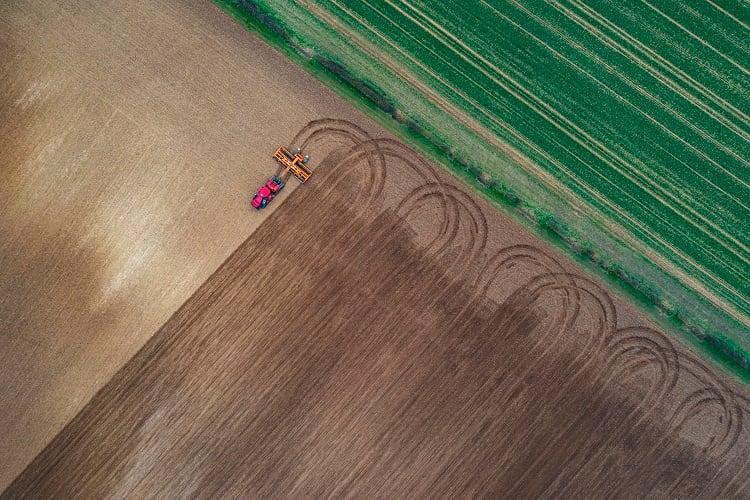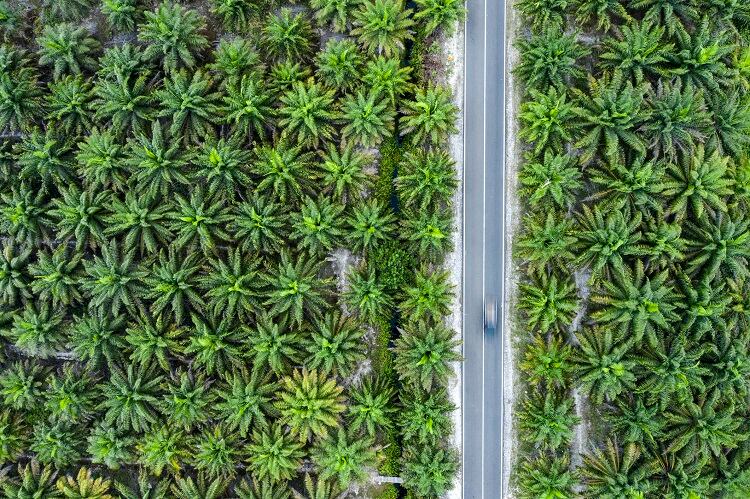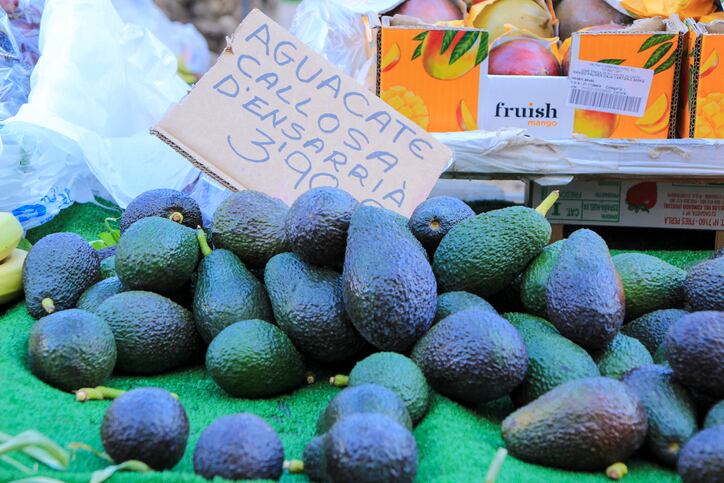Today, close to half of the world’s ice-free land is dedicated to agricultural production.
Converting that natural land into agriculture has contributed to three of humanity’s most dire environmental challenges: the emission of greenhouse gases (food production is responsible for one-quarter of the world’s GHG emissions), habitat and biodiversity loss, and water scarcity – agriculture is responsible for about 70% of global freshwater consumption.
Restoring converted ecosystems is regarded a ‘key strategy’ in turning the side on environmental destruction. But with growing population numbers, reaching an estimated 9.8bn mouths to feed by 2050, food production would have to be either intensified, or spatially expanded elsewhere.
A team of international researchers from Cambridge, Peking, and Harvard Universities, believe relocating areas represent an environmental opportunity. It may also become a necessity, they wrote their recently published study in Communications Earth & Environment, for maintaining global food security.
Determining 'optimal' distributions
The researchers determined the ‘optimal’ distributions of global croplands that minimise carbon and biodiversity footprints, while ‘obviating’ the need for systemic irrigation under current and future climatic conditions.
To do this, they used global maps of the current growing areas of 25 major crops, including wheat barley and soybean – which together account for over three quarters of croplands worldwide.
By developing a mathematical model, the researchers were able to look at all possible ways of distributing this cropland around the world, while maintaining overall production levels for each crops. This way, they were able to identify the option with the lowest environmental impact.
“In many places, cropland has replaced natural habitat that contained a lot of carbon and biodiversity – and crops don’t even grow very well there. If we let these places regenerate, and moved production to better suited areas, we would see environmental benefits very quickly,” said Dr Robert Beyer, formerly a researcher in the University of Cambridge’s Department of Zoology, and first author of the study. Beyer is now based at the Potsdam Institute for Climate Impact Research (PIK), Germany.
More in the mid-western US, less in Europe
The ‘optimal’ distributions of global croplands would see large new farming areas for many major crops around the cornbelt in the mid-western US, as well as in areas below the Sahara Desert in Africa.
In contrast, large areas of farmland in Europe and India would be restored to natural habitat.
According to the researchers’ methodology - and assuming high-input, mechanised farming - the carbon impact of global croplands would be reduced by 71%, by allowing land to revert to its natural, forested state.
The impact of crop production on the world’s biodiversity would be reduced by 87%, and the need for irrigation would be eliminated altogether, by growing crops in places where rainfall provides all the water they need to grow.
The researchers acknowledged such a scenario could not currently be put into practice, but stressed that much can still be learnt from the study.
“It’s currently not realistic to implement this whole redesign. But even if we only relocated a fraction of the world’s cropland, focusing on the places that are least efficient for growing crops, the environmental benefits would be tremendous,” said Beyer.
Source: Communications Earth & Environment
‘Relocating croplands could drastically reduce the environmental impacts of global food production’
Published 10 March 2022
DOI: 10.1038/s43247-022-00360-6
Authors: Robert M. Beyer, Fangyuan Hua, Philip A. Martin, Andrea Manica and Tim Rademacher.




